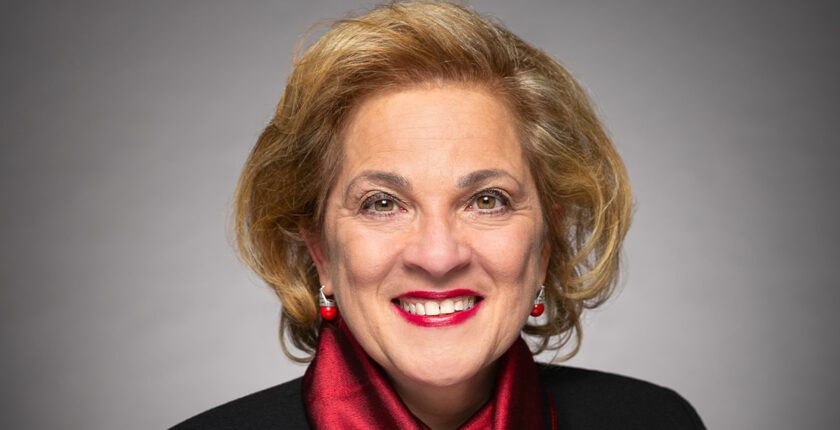Canada’s IRCC Plan: Immigration Minister Unveils 3-Year Strategy
A New Direction for Immigration in Canada
In June 2025, Canada’s Immigration Minister, Lena Metlege Diab, unveiled an exciting three-year plan for Immigration, Refugees and Citizenship Canada (IRCC). This roadmap aims to create a more sustainable and inclusive immigration system while improving digital services and settlement support.
Emphasising Sustainability and Balance
The message is clear: Canada remains committed to welcoming newcomers but will do so at levels that correspond to the country’s capacity. Key initiatives will include:
- Reducing temporary residents to 5% of the population by the end of 2026.
- Stabilising permanent residence admissions below 1% of the population starting in 2027.
- Strengthening settlement services, particularly for vulnerable groups like women and racialised newcomers.
- Expanding Francophone immigration and improving Express Entry, which is a system for managing immigration applications.
Permanent Resident Admissions: A Gradual Shift
Canada plans to lower permanent resident targets over the next three years, aiming for:
- 395,000 in 2025
- 380,000 in 2026
- 365,000 in 2027
About 62% of these new residents will be economic immigrants. This includes those transitioning from international student status to permanent residency.
Temporary Residents: New Arrival Targets
For the first time, the IRCC is introducing arrival targets for temporary residents, which includes international students and temporary foreign workers. The numbers are projected as follows:
- 673,650 in 2025
- 516,600 in 2026
- 543,600 in 2027
These targets aim to align immigration levels with the infrastructure and housing capacity of Canadian communities.
Post-Graduation Work Permits and More
The Post-Graduation Work Permit (PGWP) framework will also evolve, ensuring that eligible fields of study directly align with workforce needs. There will be a focus on healthcare and construction sectors regarding spousal work permits too.
Supporting Refugees and Humanitarian Efforts
Canada continues its support for humanitarian immigration. The Government-Assisted Refugee Program will welcome thousands in need, while efforts will be made to enhance processing times and health coverage for newcomers.
Fostering Integration and Community Belonging
The IRCC will invest in various newcomer services, targeting groups such as women, youth, and persons with disabilities. This includes funding for programs that assist school-aged children and the establishment of a Council of Newcomers to advise on policies.
Economic Contribution and Enhanced Access
To ensure newcomers can thrive, IRCC will focus on aligning immigration with workforce demands, particularly in five key sectors: health, education, trades, transportation, and STEM fields. Steps will be taken to streamline licensure for these sectors and improve foreign credential recognition.
Investing in Digital Modernisation
A significant focus over the next three years will be on digital improvements within IRCC. Applicants can expect:
- A unified online portal for real-time updates.
- Enhanced digital services, including streamlined application processes.
Wrap-Up: A Balanced Approach
Minister Diab’s plan is centred on achieving a balance between welcoming newcomers and ensuring that Canadian communities are equipped to support them. By focusing on sustainability and improved integration, Canada can maintain its reputation as a welcoming country while addressing current challenges.
Have your say!
Got a question, opinion, or experience to share about working in Canada? Leave a comment below and join the conversation.
This article was adapted from an external news source for our readers’ benefit. The original version is available here.
VJC-Policy & Government Announcements


